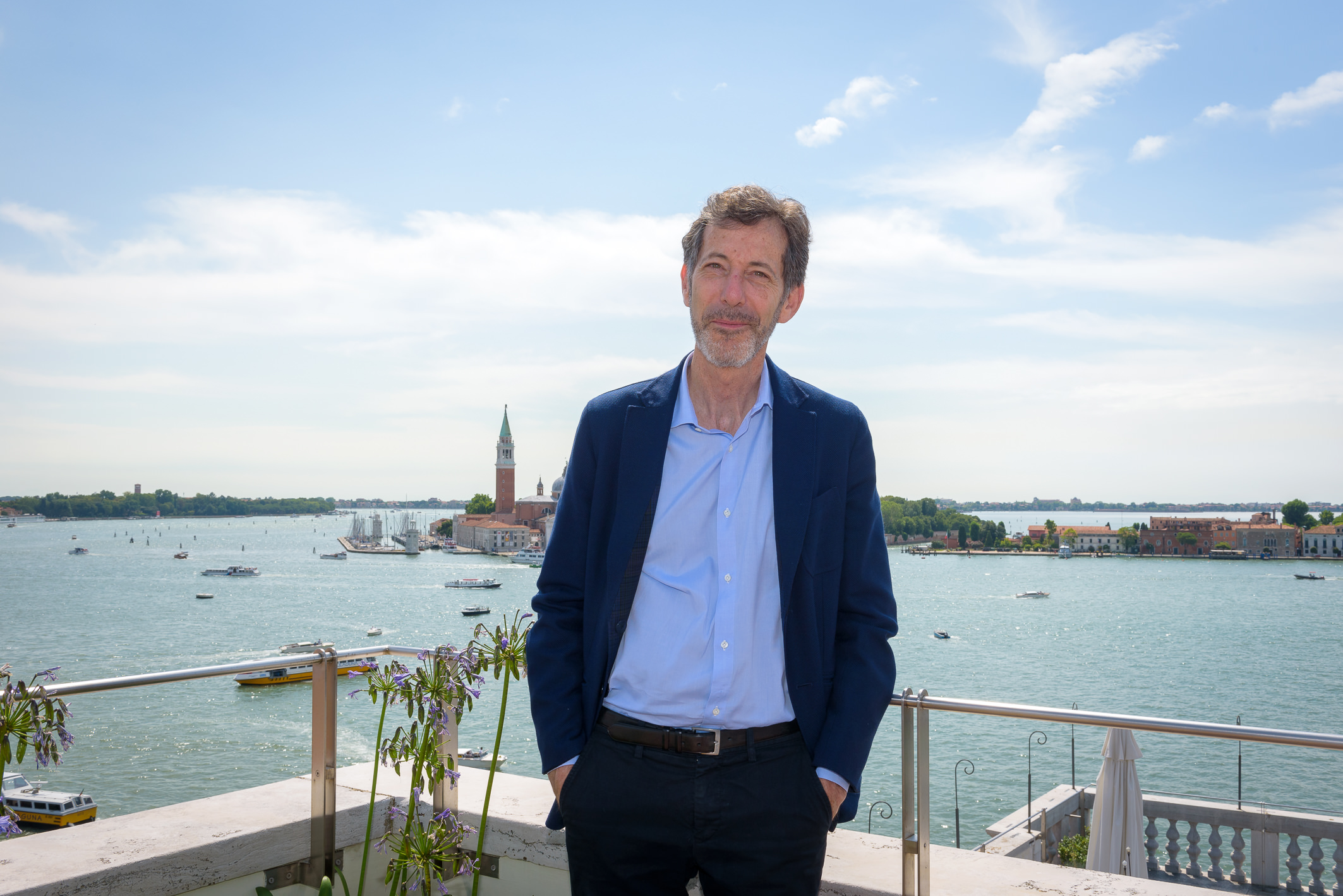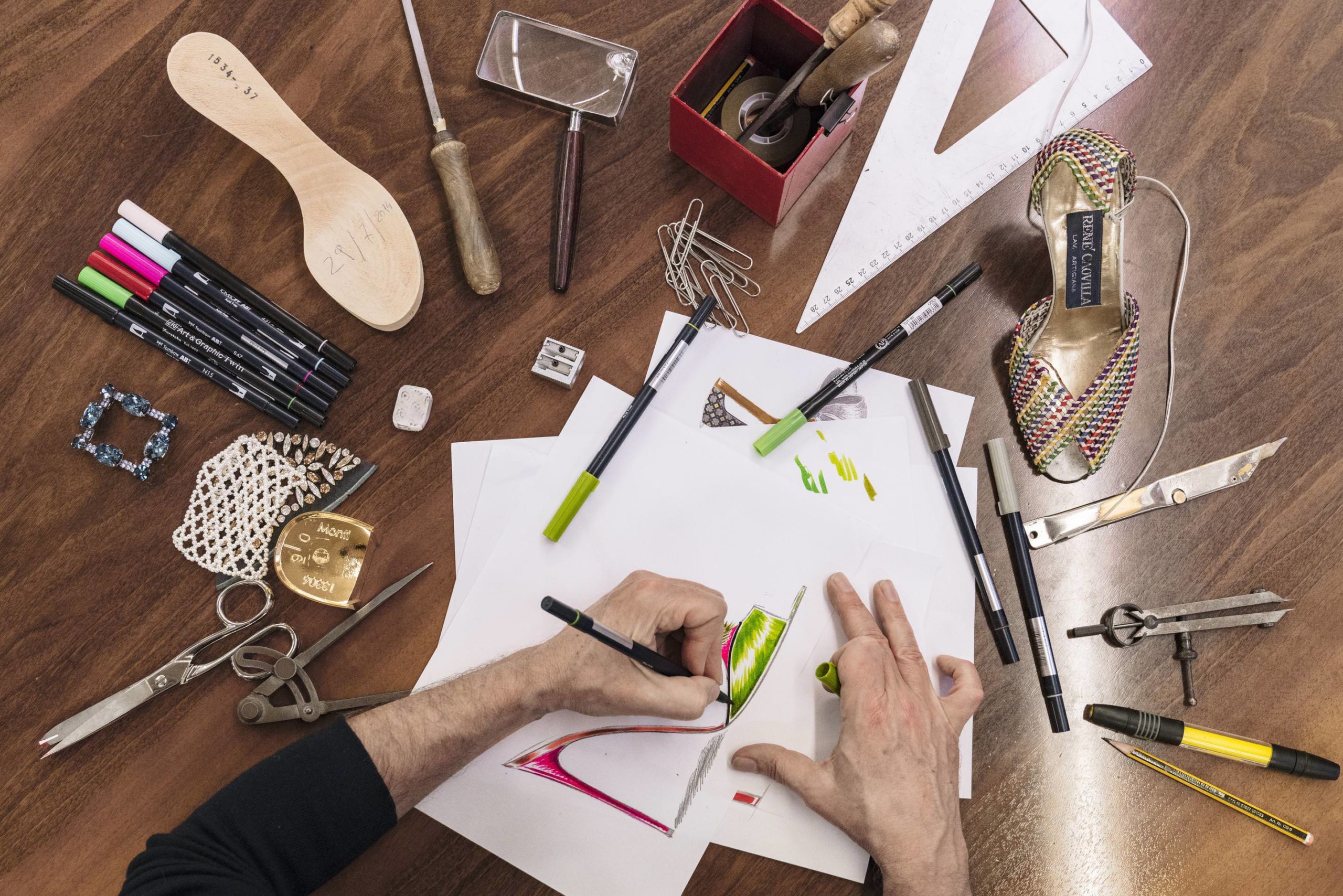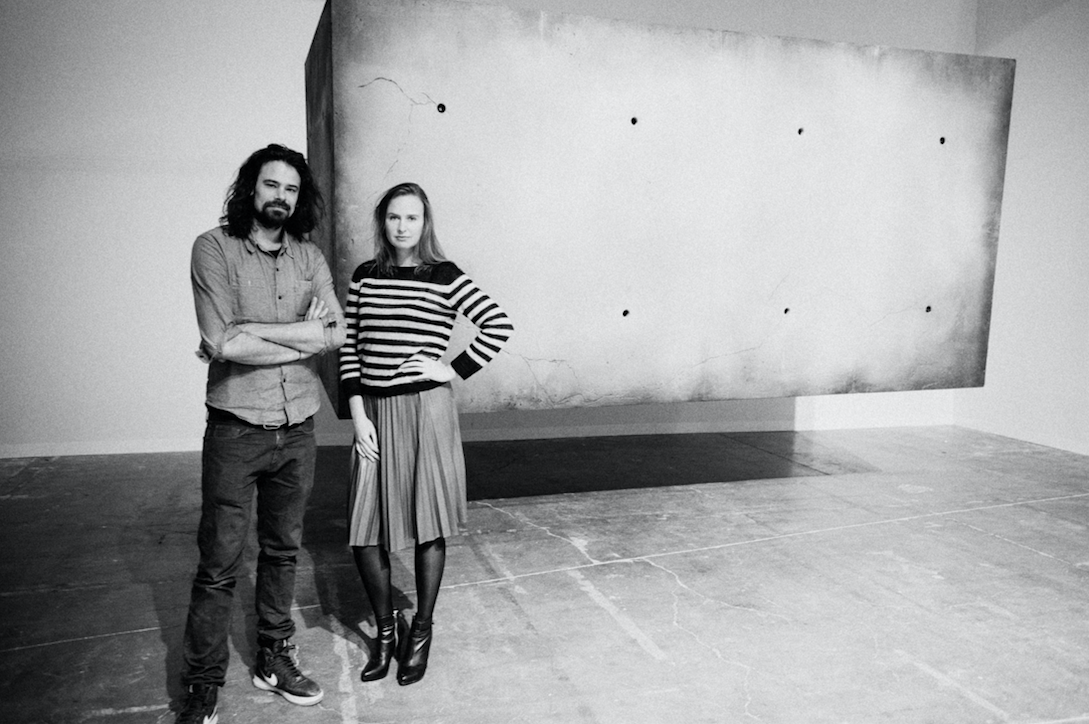For the 58th International Art Exhibition –La Biennale di Venezia, the Biennale Arte 2019 welcomes art patrons from all over the world to “May You Live in Interesting Times.” Open from May 11 through November 24, 2019, the show presents 91 international exhibitors and 79 artists from all over the globe. In celebration, Whitewaller spoke with this year’s curator, Ralph Rugoff, about the complex theme and what it means to be an artist today.
WHITEWALLER: Tell us a bit about this year’s title, “May You Live in Interesting Times,” and how you got to that idea.
RALPH RUGOFF: There really isn’t a theme, per se. It aims to highlight parts—a capacity to embrace contradiction, paradox, ambiguity, and to speak to us in a multi-level, multi-layered fashion. In that sense, to really deal with the complexity of human relationship, communication, identity—which were never simple things, but in so many places in our culture they are often reduced to being represented in reductive ways.
WW: What do you find most interesting in the time in which we’re living?
RR: It’s something that’s terrifying and hopeful at the same time. More and more we’re being forced to realize that, yes, everything is connected.
We’ve privileged the idea of this autonomous individual. Freedom! You can do whatever you want. Then we’ve put in the background this idea that, actually, everything is connected, and your behavior impacts other things. Maybe that’s something we have to look at again.
The Internet has created this amazing, global connectivity. What’s incredible is the use of the Internet as an alternate news channel. The other side doesn’t just spread information. It can spread disinformation, which then, unfortunately, starts to corrode our belief and the value of information.
WW: You spoke a little bit about the polarizing views that we have in the U.S., the U.K., and other parts of the world. How are you seeing the artists exhibited respond to those polarizing ideas?
RR: I think most of their careers are following an arc that goes completely in opposition or in defiance of those kinds of polarizing ideas. This is why I think the most interesting art always exists between art categories—something that’s silly and serious at the same time; ugly and beautiful. If it sits in between, you’re not sure what to think anymore. This is one of the things that art is so good at.
Polarized discourses tend to be very reductive. They present the other side of the argument in terms that are completely simplistic. They sever the connections that exist between the two, so there’s no more conversation. The more sense you have of this complexity, the more possible pathways there are for having conversations—including conversations with people who think differently.
Underneath all of this is this sense of art being about making the connections and helping us to become more sensitive to see how things connect. In a way, that’s one definition of creativity: having a really great associate memory, which means you can bring into mind all of the different associations that one starting point might be able to trigger.
WW: Let’s talk a bit about a new proposition this year—artists presenting two works, one in the Giardini and one in the Central Pavilion.
RR: The idea was to create a format that highlights the multiplicity of an artist’s practice, showing two different sides of their practice. It’s the same group of artists, but they’re showing works that are quite different from each other. Sometimes in a different medium; sometimes in the same medium but with a very different type of content.
My hope is that this will be a kind of strange experience. You’ll go into one exhibition and go, “Okay, I think I understand this group of artists.” Then you go to the other exhibition and you’re like, “Oh god, this feels totally different.”
The split format is echoed by themes that are dealing with walls, parallel worlds, social divisions of different kinds—ways we block out things we don’t want to see and, in a sense, create different worlds that way.
WW: What do you think it means to be an artist today?
RR: I think it’s always a difficult job. The artist is someone who pays attention—to things most of us aren’t looking at. They look at how things are connected; they’re asking questions. They disturb the peace by questioning everything we take for granted.
Artists are out in this kind of wind tunnel testing ideas. And if, through their work, you participate in a similar questioning process, that gives you a better perspective on the world we live in and helps you see it more clearly. And I think clarity does provide a certain consolation.
WW: What do you think today’s artists, and the art that is being created today, is ultimately going to be known for?
RR: There’s a continuing of dialogues that are going on. Obviously, questions around how we form ideas about race, gender,
and sexuality are very important. There’s a group of artists who have grown up with having many different types of platforms on which images can be viewed and seen. Or, developing a different conception of what an image is and how it works; that it’s less a representation than a kind of matrix or interface for different types of cultural affects. I think that’s something that this generation might end up being known for.
This interpenetration of fiction and fact, which has been going on for a while, is also a continuing dialogue that’s taken some new twists and turns . . .
WW: You mentioned that half of the visitor population is under 26. What do you feel that means?
RR: It’s interesting that they’re coming in such large numbers. It says that there must be something they’re not getting—from pop media, television, their Facebook page—that they find in the art world; that they want an alternative. They want something that isn’t controlled by corporations in one way or another. I think that art provides that.









